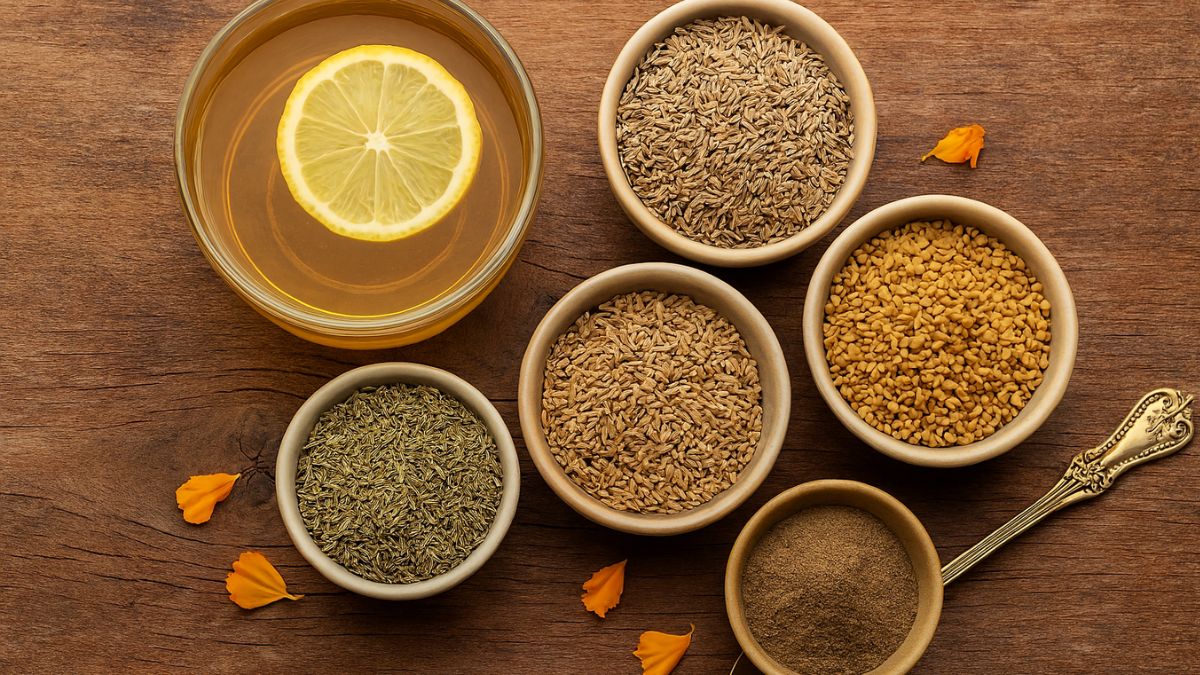Everyone's heard of cherry and plum tomatoes, and beefsteaks, and oxhearts, and grape tomatoes, and heirloom varieties, and perhaps even marmandes and camparis. But determinates? Indeterminates? Those labels mean nothing to most non-gardeners, yet they're the two main categories where tomato plants are concerned. Although this column tries to keep the jargon to a minimum, this one time you'll have to learn some new words. Sorry about that.
Get to grips with the two types of plant and you'll be tasting ripe, plump tomatoes picked fresh from your garden or pots in no time
Determinates, anyway, are bushy plants that reach a certain height (usually about 90cm), then stop growing, and have all their fruit ripen in the same few weeks. Indeterminates (aka cordons) are more like vines and can grow a couple of metres high. They will crop for as long as conditions are good, but put all their energy into producing foliage if given the chance.
Generally, determinates are most suitable for veg patches or outdoor containers, while indeterminates are at home in greenhouses or inside picture windows. But check the growing instructions when buying plants or seeds. Both types have their pros and cons.
Determinates don't need staking, unless your garden is particularly windy, and are generally less labour-intensive but, they may present you with a short-lived glut rather than a regular supply of fruit. Indeterminates, meanwhile, need to be tied to stakes or held up by cages. And you'll need to remove their side shoots once these reach about 3cm so they can concentrate on the fruits that form along their main stem.
Both types can be started easily and cheaply from seed, in a greenhouse, propagator or kitchen window. If they're destined for a heated greenhouse, you can start this process as early as January. This late in the year, however, you'll have to buy young plants from a garden centre. Replant them in growbags, which are designed to contain just the right growing medium, or into soil mixed with plenty of compost and/or well-rotted manure. Once the plants are in the ground, with about 75cm between them, water them well and don't let the soil dry out. If you overcompensate later by drenching it, there's a danger that the fruit will crack or contract blossom-end rot, turning brown or black at the end opposite the stalk. Expect to harvest from mid-summer.
Phil Daoust is a food writer based in England and France. Twitter: @philxdaoust
Photo: Determinates are most suitable for veg patches or outdoor containers, while indeterminates are at home in greenhouses or inside picture windows. Photography: Mike Lusmore.









